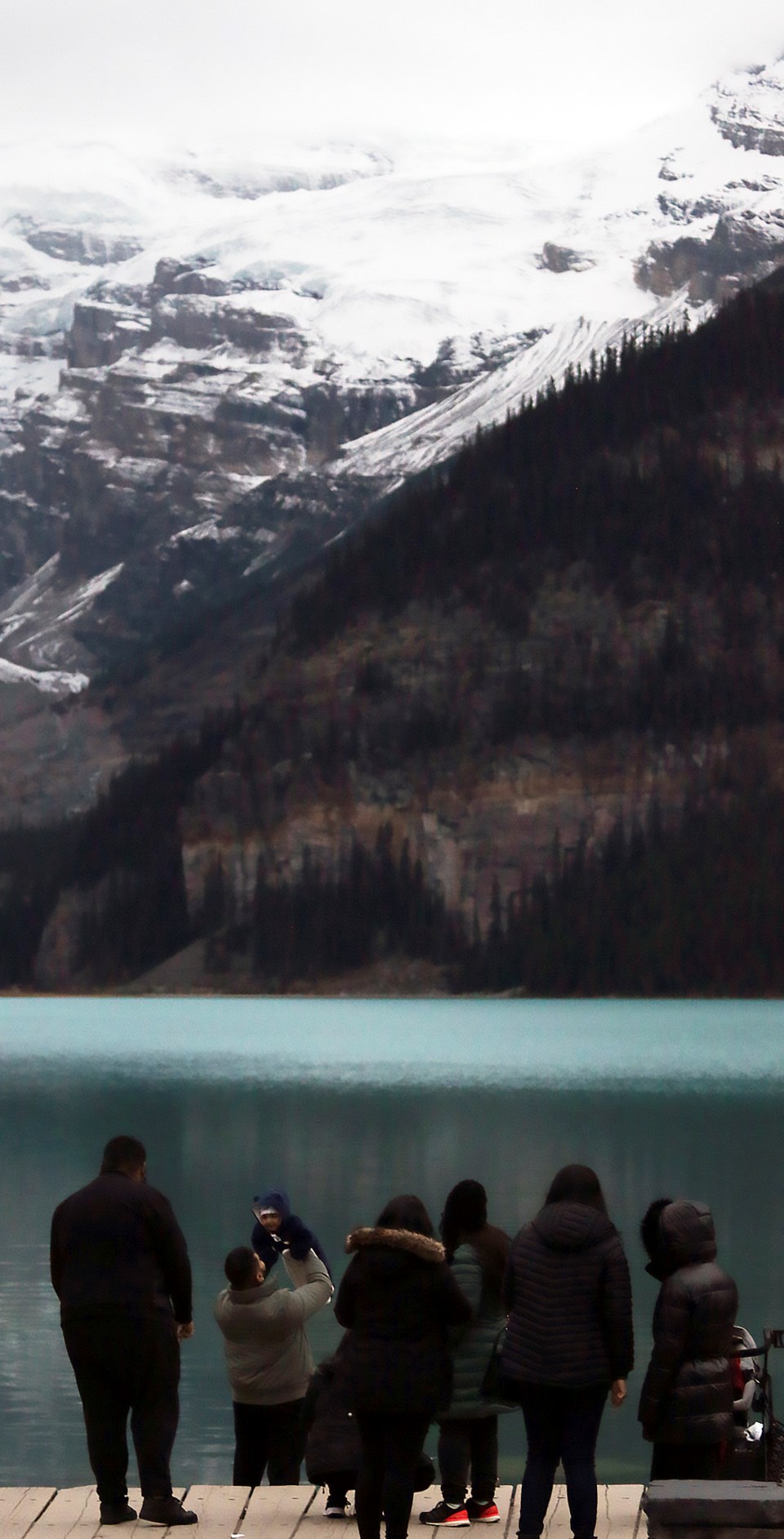LAKE LOUISE – Parks Canada is urging extreme caution to skiers and riders attempting steep couloirs after a woman landed in hospital with serious injuries from a roughly 300-400 metre fall on Grand Daddy Couloir on Bow Peak last week.
The accident happened last Friday morning (April 29) as four skiers attempted to ski the Grand Daddy Couloir – a classic Rockies line that sees an average of two accidents every winter.
The woman, believed to be in her 20s, fell at the start of her descent of the couloir, a steep mountain gully.
Parks Canada officials say it was a “quite a significant fall”.
“The skier fell the length of the couloir and came to a stop on the slopes below,” said James Eastham, a spokesperson for Parks Canada in Lake Louise, Yoho and Kootenay field unit in a statement.
The group of skiers was able to raise the alarm with an emergency satellite communicator.
Parks Canada responded and heli-slung the injured woman from the slopes to the nearby Mosquito Creek parking lot on the Icefields Parkway, about 28 kilometres north of Lake Louise. She was taken by ambulance to Lake Louise, then transferred to STARS air ambulance and flown to Foothills Hospital in Calgary.
“The party was well prepared and equipped to handle an emergency and assisted the visitor safety team during the rescue,” said Eastham.
Banff, Yoho and Kootenay national parks have abundant couloirs and other steep ski mountaineering lines and the area is rapidly becoming popular and renowned for this activity.
Eastham said rescuers have been responding to an increasing number of ski mountaineering accidents over recent winters, including many that occur in couloirs.
“There are on average two responses per winter to the Grand Daddy Couloir on Bow Peak,” he said.
“In addition to this incident, a similar rescue was performed on the Chockstone Couloir on Castle Mountain the week previously.”
Parks Canada visitor safety experts recommend couloirs should only be attempted by skiers and riders with advanced technical skills, including the ability to make quick, tight turns in varying snow and light conditions, as well as familiarity with mountaineering techniques and equipment.
They say skiers and riders must take a different approach to safety when attempting a couloir. Using mountaineering gear, skiing slowly and carefully so as not to fall, avoiding icy conditions and not skiing above other people are just a few of the specific safety techniques required.
“Due to their steepness and confined nature, couloirs can be especially dangerous from both avalanches and the risk of falling as people generally fall down the entire distance to the bottom,” said Eastham.
“Couloir skiing should be considered a mountaineering objective as it has all the associated hazards related to mountain climbing. This includes cornices, rock-fall, falling on steep icy terrain, and avalanches. This activity should only be considered by strong skiers who also have mountaineering experience.”
Parks Canada also recommends knowing the current avalanche forecast, weather and snow conditions, having appropriate avalanche safety training and self-rescue gear such as a probe, shovel, beacon, and having a backup plan.




